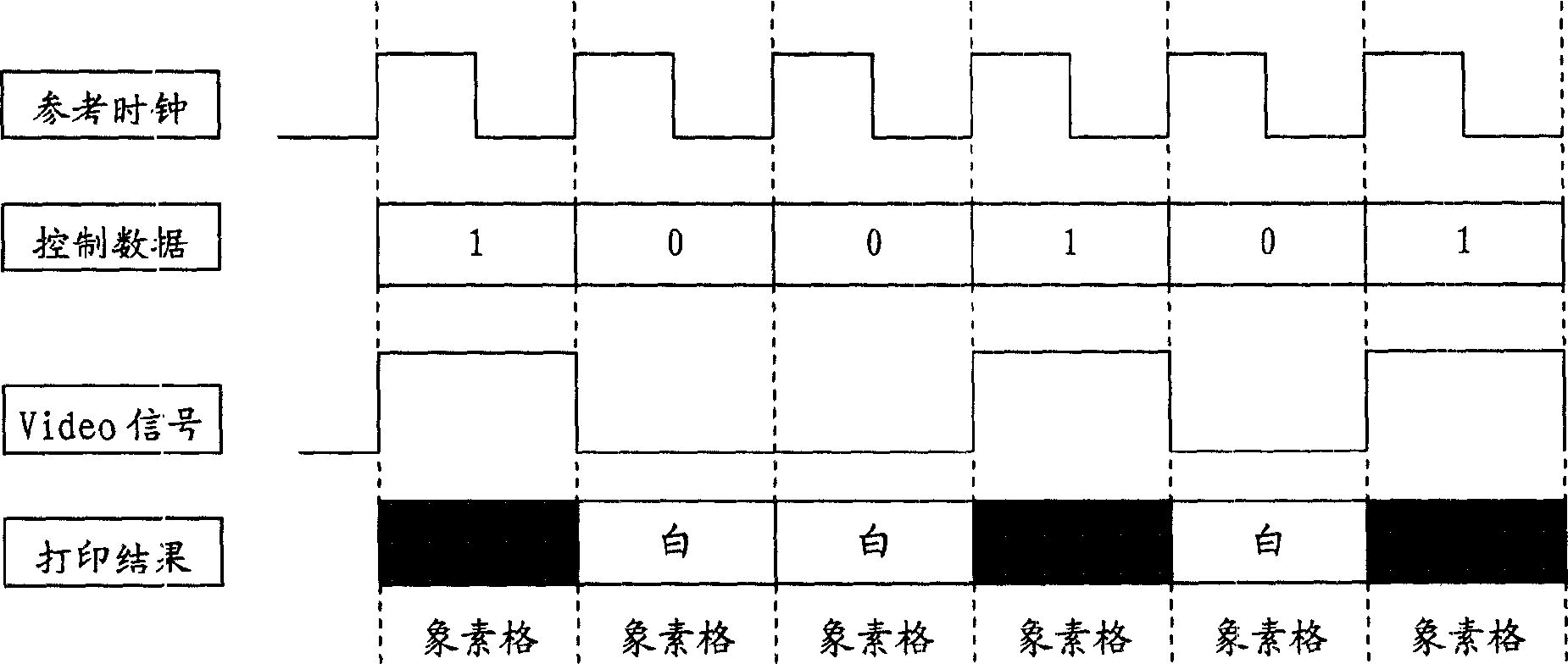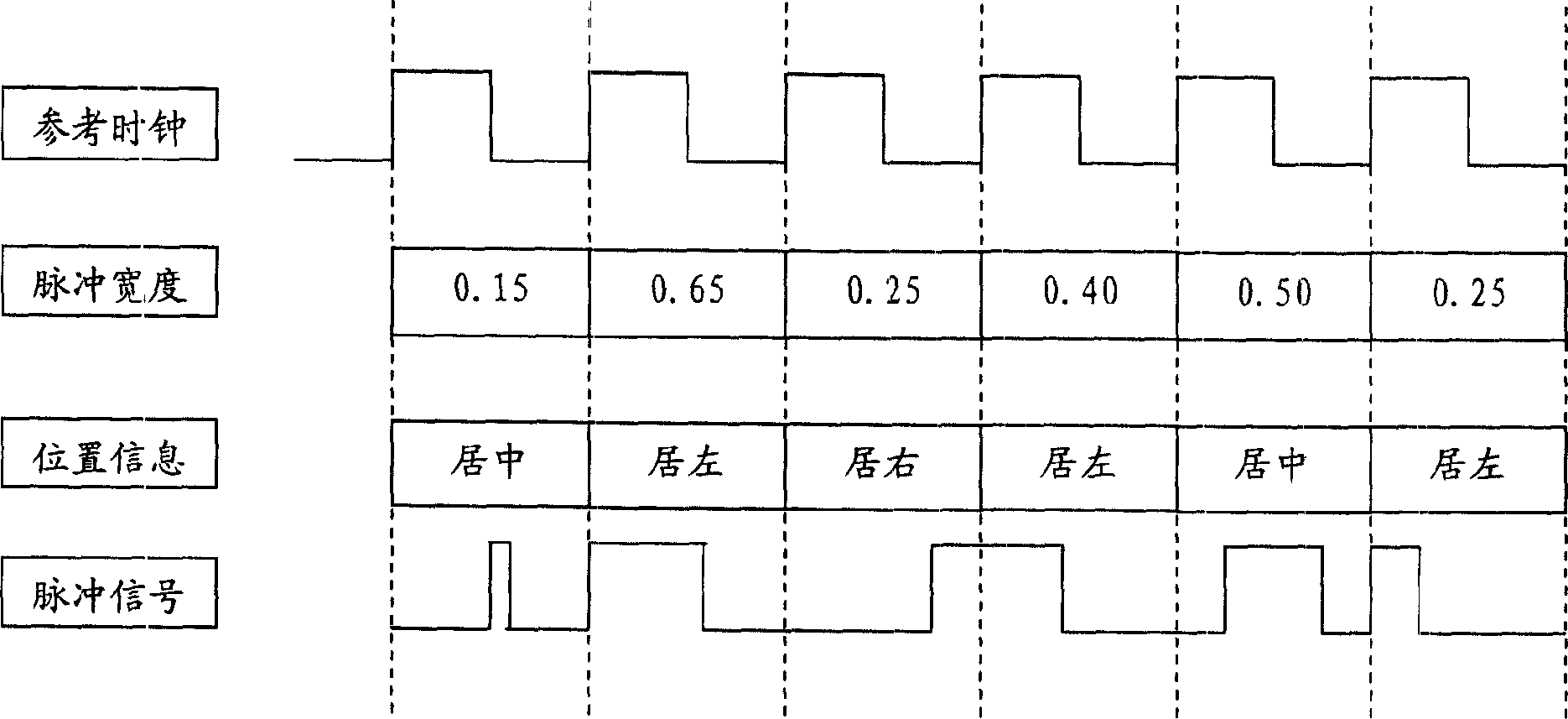Method for regulating micro print ink dot position and size
A kind of ink dot and tiny technology, which is applied in the electric recording process using the charge pattern, the equipment of the electric recording process using the charge pattern, and the electric recording technique, etc., which can solve the problems of printing quality, printing instability, printing effect, etc. problems, to achieve the effect of improving print quality
- Summary
- Abstract
- Description
- Claims
- Application Information
AI Technical Summary
Problems solved by technology
Method used
Image
Examples
Embodiment Construction
[0045] The present invention will be further described below in conjunction with the accompanying drawings.
[0046] figure 1 Describes a block diagram of an ordinary laser printer, which includes two parts: the printer engine and the print controller. The reference clock is a synchronous control signal that controls the output data of the print controller and the synchronization of the laser beam of the printer engine. The pixel time, if the laser beam of the printer scans a complete pixel time is 50ns, then the reference clock cycle is also 50ns. When printing, the print controller receives the page printing data from the computer, interprets the page printing data into a raster dot matrix, and converts the raster dot matrix into a Video signal through control signals such as page synchronization signal, line synchronization signal, and PRINT signal, thereby controlling the printer The engine finishes printing.
[0047] figure 2 Describes a schematic diagram of the print...
PUM
 Login to View More
Login to View More Abstract
Description
Claims
Application Information
 Login to View More
Login to View More - R&D
- Intellectual Property
- Life Sciences
- Materials
- Tech Scout
- Unparalleled Data Quality
- Higher Quality Content
- 60% Fewer Hallucinations
Browse by: Latest US Patents, China's latest patents, Technical Efficacy Thesaurus, Application Domain, Technology Topic, Popular Technical Reports.
© 2025 PatSnap. All rights reserved.Legal|Privacy policy|Modern Slavery Act Transparency Statement|Sitemap|About US| Contact US: help@patsnap.com



